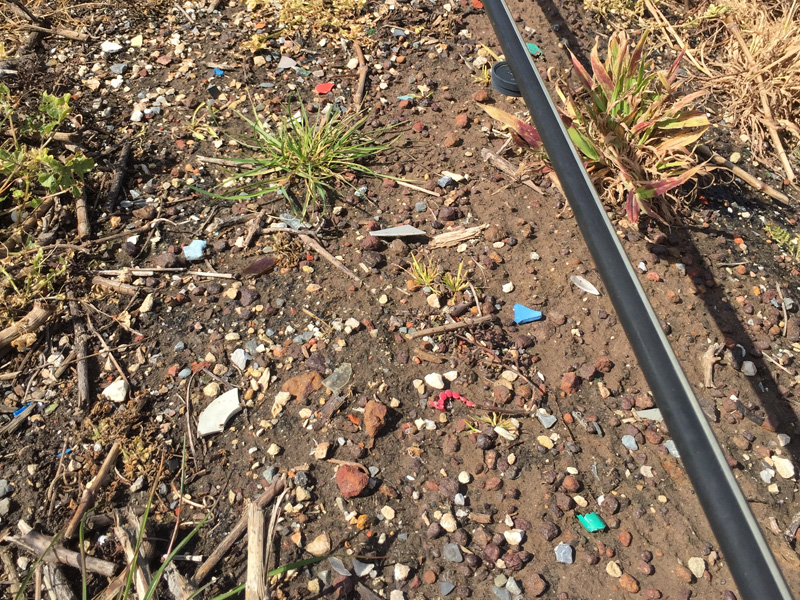As government agencies and EPAs around the country seek to boost organics recycling, Waste Management Review spoke to a range of industry experts to gain their insights.
Treasury Wine Estates uses ten s of thousands of cubic metres of compost each year – around 1000 truckloads a year arrive at its vineyards.
Kym Ayliffe is its Regional Vineyards Manager and a regular speaker at agricultural and recycled organics sectors conferences on the benefits of using compost. Although he is a strong advocate for using recovered organics, he is all too aware of the downsides.
“We’re an end user, a customer and at the end of the supply chain. As a result, we see all the contaminant that comes through,” says Kym.
He emphasises that although there is very good compost on the market, even the best compost contains little bits of non-biodegradable and non-organic material, such as plastics, glass and concrete.
“These non-biodegradable products that shouldn’t be in compost that is going to go onto the soil and feed the plants that we grow, but they arrive in these big volumes we receive,” he says.
Kym explains that a truck will pull into yard and tip the compost onto a hardstanding area. The vineyard staff then use their equipment to spread it underneath the vines.
“At that point, you’ve got a lovely- looking compost layer of about 300mm high, 500mm wide and 300mm deep, which will remain there for between two and five years,” Kym says.
However, over time, microbes break down the organic matter in the compost, and it disappears into the soil.
“What you see remaining under the vines is the non-organic material, like drinks bottle caps, stones and batteries,” he adds. “It remains on vineyard floors, it’s an eyesore and we don’t want it there.”
Kym applauds the efforts of the compost producers, who he says are aware of this and are working really hard to address the problem, with some of them spending millions of dollars to implement systems that will remove as much of these contamination as possible.
“Unfortunately, the source of the problem is way back at waste collection, when a small minority of residents put the wrong items in their organics recycling bins,” Kym asserts. “That moves through the supply chain, and it comes to us, the end users.
“If we can eliminate the problem on the domestic side, so that householders understand that if they don’t recycle correctly then it has an impact for other people down the line, that would be helpful.”
As such, Kym says he would value the introduction of educational or engagement programs that aims to raise awareness with communities about the wider aspects of organic recycling, and why what they put in their bins matters. “Cleaner compost means more people will use product, so then you’ll get less organic matter going to landfill because of the demand for it,” he adds.
To read more see page 26 of Issue 8.



